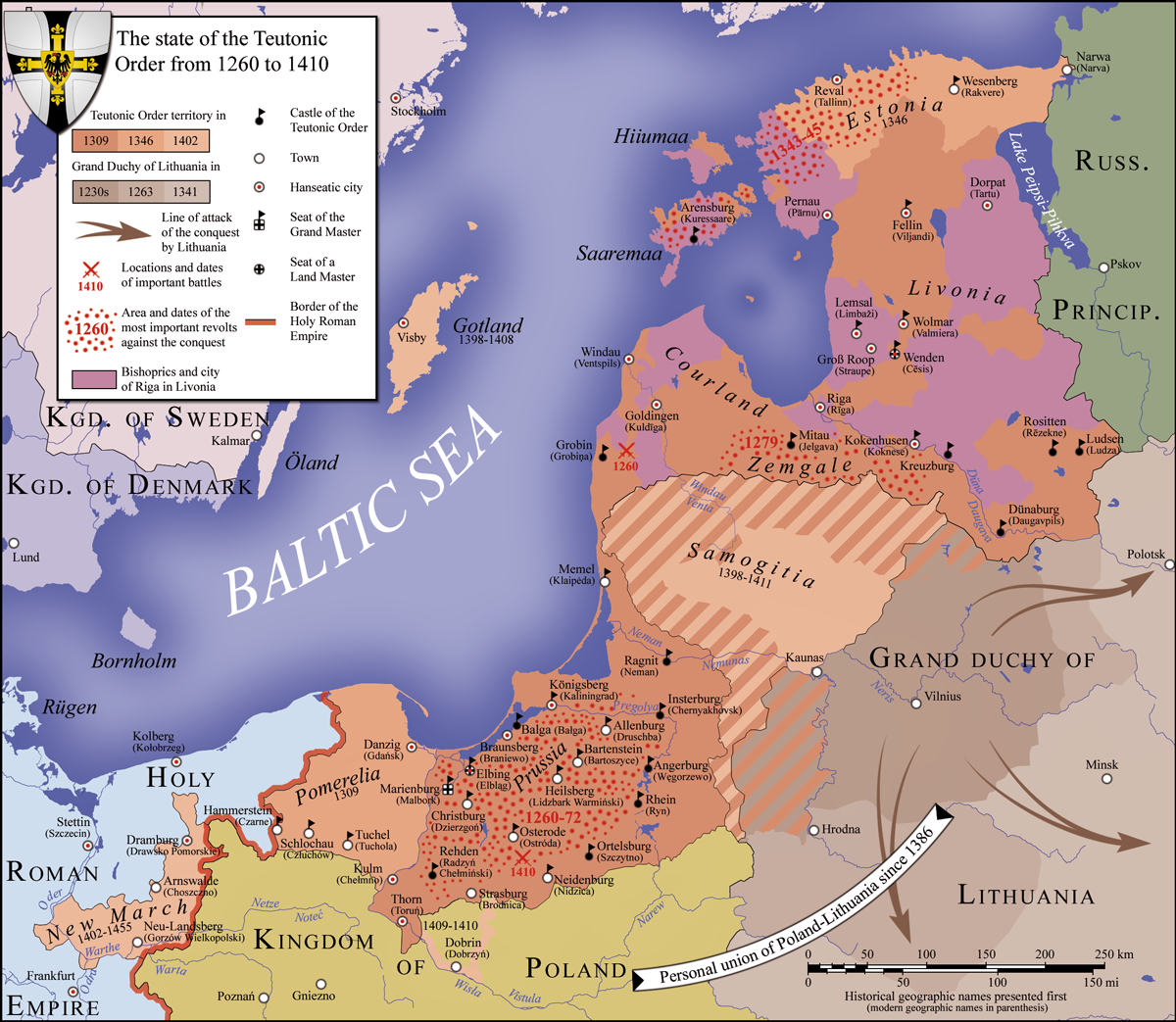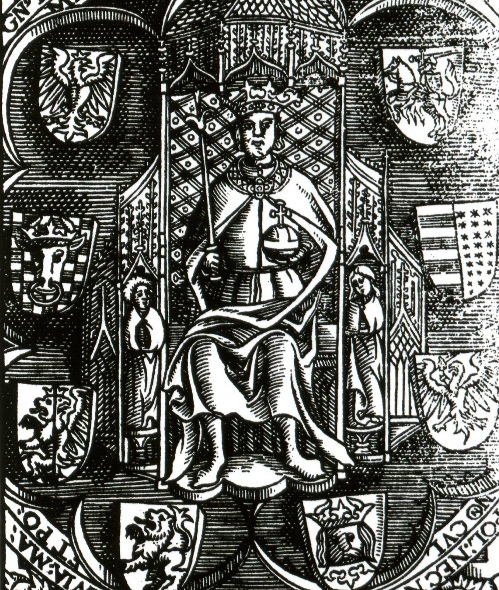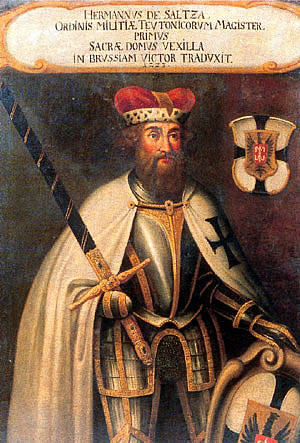|
Malbork Voivodeship
The Malbork Voivodeship (), after Partitions of Poland also referred to as the Malbork Land (Polish: ''Ziemia malborska''), was a unit of administrative division and local government in the Kingdom of Poland from 1454/1466 until the Partitions of Poland in 1772–1795. Its capital was at Malbork. Together with the Pomeranian and Chełmno Voivodeships and the Prince-Bishopric of Warmia it formed the historical province of Royal Prussia, and with several more voivodeships it formed part of the Greater Poland Province. History After the Teutonic Knights during the 13th century had conquered the Prussian territories and incorporated them into the Order's State, the castle of Marienburg served as the seat of the Grand Masters. Following the 1410 Battle of Grunwald, the Knights once again could withstand the Polish Siege of Marienburg. In 1440, various cities, towns and nobles from the area co-formed the anti-Teutonic Prussian Confederation. In 1454, the organisation led ... [...More Info...] [...Related Items...] OR: [Wikipedia] [Google] [Baidu] |
Polish–Lithuanian Commonwealth
The Polish–Lithuanian Commonwealth, also referred to as Poland–Lithuania or the First Polish Republic (), was a federation, federative real union between the Crown of the Kingdom of Poland, Kingdom of Poland and the Grand Duchy of Lithuania, existing from 1569 to 1795. This state was among the largest, most populated countries of 16th- to 18th-century Europe. At its peak in the early 17th century, the Commonwealth spanned approximately and supported a multi-ethnic population of around 12 million as of 1618. The official languages of the Commonwealth were Polish language, Polish and Latin Language, Latin, with Catholic Church, Catholicism as the state religion. The Union of Lublin established the Commonwealth as a single entity on 1 July 1569. The two nations had previously been in a personal union since the Union of Krewo, Krewo Agreement of 1385 (Polish–Lithuanian union) and the subsequent marriage of Queen Jadwiga of Poland to Grand Duke Jogaila of Lithuania, who was cr ... [...More Info...] [...Related Items...] OR: [Wikipedia] [Google] [Baidu] |
Teutonic Knights
The Teutonic Order is a Catholic religious institution founded as a military society in Acre, Kingdom of Jerusalem. The Order of Brothers of the German House of Saint Mary in Jerusalem was formed to aid Christians on their pilgrimages to the Holy Land and to establish hospitals. Its members have commonly been known as the Teutonic Knights, having historically served as a crusading military order for supporting Catholic rule in the Holy Land and the Northern Crusades during the Middle Ages, as well as supplying military protection for Catholics in Eastern Europe. Purely religious since 1810, the Teutonic Order still confers limited honorary knighthoods. The Bailiwick of Utrecht of the Teutonic Order, a Protestant chivalric order, is descended from the same medieval military order and also continues to award knighthoods and perform charitable work. Name The name of the Order of Brothers of the German House of Saint Mary in Jerusalem is in and in Latin . Thus the term "T ... [...More Info...] [...Related Items...] OR: [Wikipedia] [Google] [Baidu] |
Dzierzgoń
Dzierzgoń (formerly also: ''Kiszpork''; ) is a town in the Pomeranian Voivodeship in northern Poland. It is located in Sztum County east of Malbork and south of Elbląg on the river Dzierzgoń. Dzierzgoń has a population of 5,242, while the town and its environs have a combined population of about 10,000. History The town was originally a settlement of Old Prussian tribe of Pomesanians. Settlement dates back to the Early Middle Ages. The oldest name is ''Sirgune'', from which the historic Polish name ''Dzierzgoń'' comes from. In 1247, a castle known as ''Neu Christburg'' (German for "New Castle of Christ") was founded overlooking the Dzierzgoń river, a few kilometers away from an older fortress known as ''Alt Christburg'' (Stary Dzierzgoń) by Teutonic Knights brought to Poland by Konrad I of Masovia. In 1249 a peace treaty was signed at the new castle between the victorious Teutonic Order and defeated local Old Prussians, in presence of papal legate, future Pope Urban I ... [...More Info...] [...Related Items...] OR: [Wikipedia] [Google] [Baidu] |
Tolkmicko
Tolkmicko (pronounced , ) is a town in northern Poland, on the Vistula Lagoon, about 20 km northeast of Elbląg. It is located in Warmian-Masurian Voivodeship, in Elbląg County. Its population is 2,766 (2004). History Middle Ages The site was first settled by Old Prussian tribes. The town rights followed the incorporation of the territory into the State of the Teutonic Order in 1296 and was based on the Kulm law by order of Ludwig von Schippe, then commander of the Teutonic Knights. On 21 March 1351 the Grand Master of the Teutonic Knights Heinrich Dusemer renewed the municipal law and together with the village of ''Neuendorf'' (now Nowinka) Tolkmicko obtained fishing legislation. In the 14th century the first church was built, and town walls were erected. Also a castle was built at the Castle Hill and the St. George Hospital was founded. In 1390 Peter Turnow, the Theologian later burned at the stake as a heretic in 1426, was born here. On 3 April 1440 it became part of th ... [...More Info...] [...Related Items...] OR: [Wikipedia] [Google] [Baidu] |
Sztum
Sztum () (formerly ) is a town in northern Poland in the Powiśle region, located in the Pomeranian Voivodeship. It is the capital of Sztum County, with some 10,141 inhabitants (2004). History Signs of settlement dating back to the Roman Empire era have been found. In the early Middle Ages, a fortified settlement of the Old Prussians existed at the site, conquered by the Teutonic Knights in 1236. The castle was captured by the Poles after the Battle of Grunwald in 1410. Town rights were granted to the settlement in 1416 and confirmed by King Sigismund II Augustus in 1553.''Słownik geograficzny Królestwa Polskiego i innych krajów słowiańskich, Tom XII'', p. 53 In 1441 both the town and the local Teutonic county official joined the Prussian Confederation, which opposed Teutonic rule, and upon the request of which King Casimir IV Jagiellon incorporated the territory to the Kingdom of Poland in 1454. The castle, which initially remained in the hands of the Teutonic Knights, w ... [...More Info...] [...Related Items...] OR: [Wikipedia] [Google] [Baidu] |
Elbląg
Elbląg (; ; ) is a city in the Warmian-Masurian Voivodeship, in northern Poland, located in the eastern edge of the Żuławy region with 127,390 inhabitants, as of December 2021. It is the capital of Elbląg County. Elbląg is one of the oldest cities in the province. Its history dates back to 1237, when the Teutonic Order constructed their fortified stronghold on the banks of a nearby river. The castle subsequently served as the official seat of the Teutonic Order Masters. Elbląg became part of the Hanseatic League, which contributed much to the city's wealth. Through the Hanseatic League, the city was linked to other major ports like Gdańsk, Lübeck and Amsterdam. Elbląg joined Poland in 1454 and after the defeat of the Teutonic Knights in the Thirteen Years’ War was recognized as part of Poland in 1466. It then flourished and turned into a significant trading point, but its growth was eventually hindered by the Second Northern War and the Swedish Deluge. The city ... [...More Info...] [...Related Items...] OR: [Wikipedia] [Google] [Baidu] |
Thirteen Years' War (1454–1466)
The Thirteen Years' War (; ), also called the War of the Cities, was a conflict fought in 1454–1466 between the Crown of the Kingdom of Poland and the Teutonic Order. After the Battle of Grunwald, enormous defeat suffered by the German Order at the hand of Poland-Lithuania in 1410 and the ensuing political, military and economic problems, the state was rife with internal conflict between the ruling Order and the Old Prussians, native Prussian warlords, who shared concerns with assimilated Prussian and German townsfolk. Eventually this tension led to an uprising by the Prussian Confederation representing the local Prussian nobility and cities, who sought the protection of the Polish King Casimir IV Jagiellon. This essentially amounted to a switching of sides which the German Order immediately took as a mortal threat, and a war broke out between Poland and the Teutons. The Thirteen Years' War ended in the victory of Poland and in the Second Peace of Thorn (1466), Second Peace ... [...More Info...] [...Related Items...] OR: [Wikipedia] [Google] [Baidu] |
Kraków
, officially the Royal Capital City of Kraków, is the List of cities and towns in Poland, second-largest and one of the oldest cities in Poland. Situated on the Vistula River in Lesser Poland Voivodeship, the city has a population of 804,237 (2023), with approximately 8 million additional people living within a radius. Kraków was the official capital of Poland until 1596, and has traditionally been one of the leading centres of Polish academic, cultural, and artistic life. Cited as one of Europe's most beautiful cities, its Kraków Old Town, Old Town was declared a UNESCO World Heritage Site in 1978, one of the world's first sites granted the status. The city began as a Hamlet (place), hamlet on Wawel Hill and was a busy trading centre of Central Europe in 985. In 1038, it became the seat of King of Poland, Polish monarchs from the Piast dynasty, and subsequently served as the centre of administration under Jagiellonian dynasty, Jagiellonian kings and of the Polish–Lithuan ... [...More Info...] [...Related Items...] OR: [Wikipedia] [Google] [Baidu] |
Casimir IV Of Poland
Casimir IV (Casimir Andrew Jagiellon; ; Lithuanian: ; 30 November 1427 – 7 June 1492) was Grand Duke of Lithuania from 1440 and King of Poland from 1447 until his death in 1492. He was one of the most active Polish-Lithuanian rulers; under him, Poland defeated the Teutonic Knights in the Thirteen Years' War and recovered Pomerania. The Jagiellonian dynasty became one of the leading royal houses in Europe. The great triumph of his reign was bringing Prussia under Polish rule. The rule of Casimir corresponded to the age of "new monarchies" in western Europe. By the 15th century, Poland had narrowed the distance separating it from Western Europe and became a significant power in international relations. The demand for raw materials and semi-finished goods stimulated trade, producing a positive balance, and contributed to the growth of crafts and mining in the entire country. He was a recipient of the English Order of the Garter (KG), the highest order of chivalry and the mos ... [...More Info...] [...Related Items...] OR: [Wikipedia] [Google] [Baidu] |
Siege Of Marienburg (1410)
The siege of Marienburg was an unsuccessful two-month siege of the castle in Marienburg (Malbork), the capital of the monastic state of the Teutonic Knights. The joint Polish and Lithuanian forces, under command of King Władysław II Jagiełło and Grand Duke Vytautas, besieged the castle between 26 July and 19 September 1410 in a bid for complete conquest of Prussia after the great victory in the Battle of Grunwald (Tannenberg). However, the castle withstood the siege and the Knights conceded only to minor territorial losses in the Peace of Thorn (1411). Marienburg defender Heinrich von Plauen is credited as the savior of the Knights from complete annihilation. Background Allied Polish and Lithuanian forces invaded Prussia in July 1410 with the goal of capturing Marienburg. Their path was blocked by the Teutonic Knights, who engaged the allied forces in the decisive Battle of Grunwald on 15 July 1410. The Knights suffered a great defeat, leaving most of their leadership dea ... [...More Info...] [...Related Items...] OR: [Wikipedia] [Google] [Baidu] |
Battle Of Grunwald
The Battle of Grunwald was fought on 15 July 1410 during the Polish–Lithuanian–Teutonic War. The alliance of the Crown of the Kingdom of Poland and the Grand Duchy of Lithuania, led respectively by King Władysław II Jagiełło (Jogaila), and Grand Duke Vytautas, decisively defeated the German Teutonic Order, led by Grand Master Ulrich von Jungingen. Most of the Teutonic Order's leadership was killed or taken prisoner. Although defeated, the Teutonic Order withstood the Siege of Marienburg (1410), subsequent siege of the Malbork Castle and suffered minimal territorial losses at the Peace of Thorn (1411), with other territorial disputes continuing until the Treaty of Melno in 1422. The order, however, never recovered their former power, and the financial burden of war reparations caused internal conflicts and an economic downturn in the lands controlled by them. The battle shifted the Balance of power (international relations), balance of power in Central Europe, Central and ... [...More Info...] [...Related Items...] OR: [Wikipedia] [Google] [Baidu] |
Grand Masters Of The Teutonic Knights
The grand master of the Teutonic Order (; ) is the supreme head of the Teutonic Order. It is equivalent to the grand master of other military orders and the superior general in non-military Roman Catholic religious orders. ''Hochmeister'', literally "high master", is only used in reference to the Teutonic Order, as ''Großmeister'' ("grand master") is used in German to refer to the leaders of other orders of knighthood. An early version of the full title in Latin was ''Magister Hospitalis Sanctae Mariae Alemannorum Hierosolymitani''. Since 1216, the full title ''Magister Hospitalis Domus Sanctae Mariae Teutonicorum Hierosolymitani'' ("Master of the Hospital House of the Blessed Virgin Mary of the Germans of Jerusalem") was used. The offices of ''Hochmeister'' and ''Deutschmeister'' (''Magister Germaniae'') were united in 1525. The title of ''Magister Germaniae'' had been introduced in 1219 as the head of the bailiwicks in the Holy Roman Empire, from 1381 also those in Ita ... [...More Info...] [...Related Items...] OR: [Wikipedia] [Google] [Baidu] |






